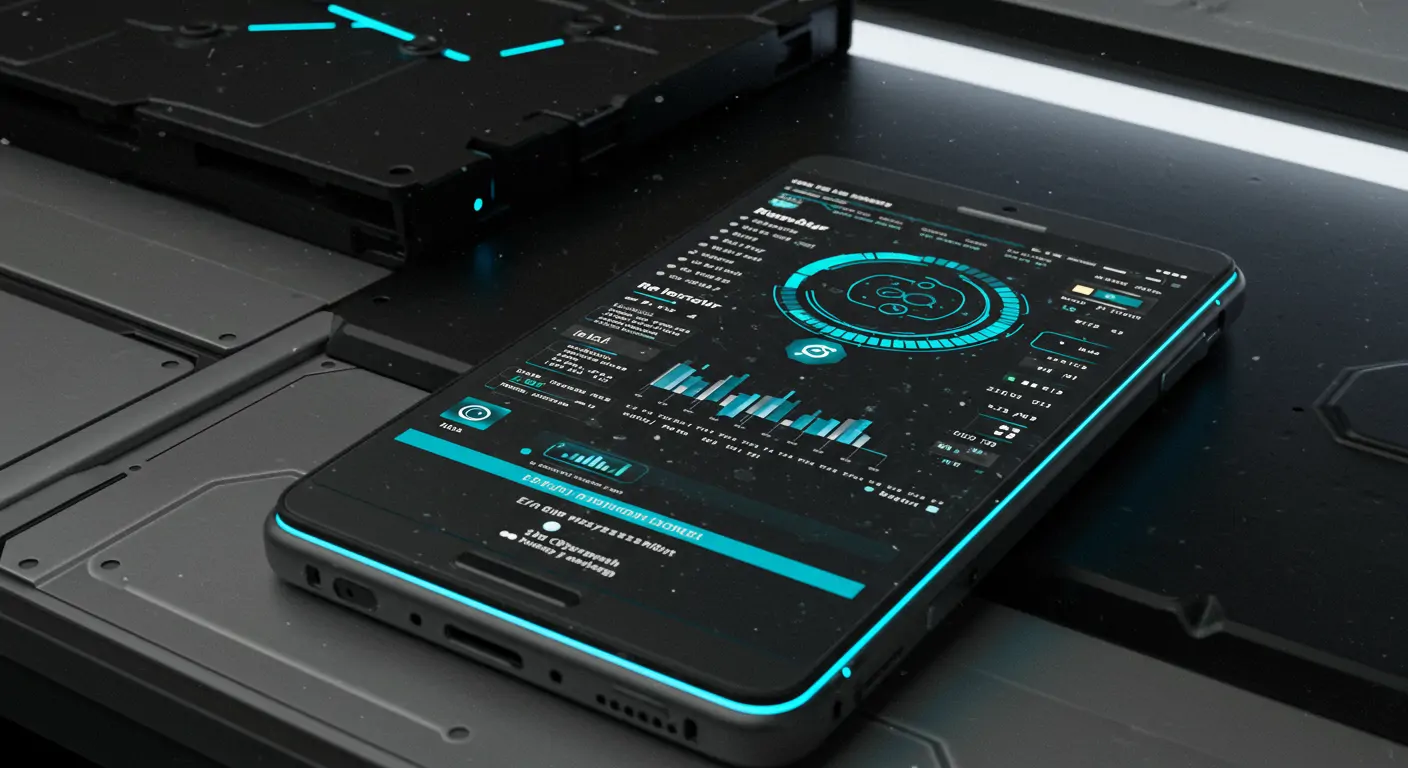What You'll Build
In this tutorial, you'll create an AI-driven personalization engine for mobile apps using Flutter. This engine will tailor user experiences by dynamically recommending content based on user behavior and preferences. You'll benefit from increased user engagement and retention. Allocate about 6-8 hours to complete this project, assuming familiarity with Flutter and basic AI concepts.
Quick Start (TL;DR)
- Set up a Flutter project:
- Install necessary packages:
- Define user models and recommendation logic.
- Implement AI model integration using Firebase MLKit.
- Test and optimize personalization features.
Prerequisites & Setup
You'll need Flutter SDK, a Firebase account, and a basic understanding of AI models. Set up your environment by installing Flutter and configuring Firebase for your mobile app.
Detailed Step-by-Step Guide
Phase 1: Foundation
First, initialize your Flutter project and set up Firebase. Ensure you've configured Firebase to use MLKit for AI capabilities.
Phase 2: Core Features
Next, implement user data collection. Define models for user interactions and preferences. Use provider for state management.
Phase 3: Advanced Features
Integrate AI model using Firebase MLKit to analyze user data and generate recommendations. Update the UI to display personalized content.
Code Walkthrough
Here's a breakdown of the main components of the code. The Firebase MLKit integration allows real-time model updates.
Common Mistakes to Avoid
- Failing to update Firebase ML models regularly can lead to outdated recommendations.
- Ignoring user privacy settings when collecting behavior data.
- Overloading the UI with too many recommendations, leading to analysis paralysis.
Performance & Security
Optimize the engine by caching AI model results and regularly updating models. Secure user data by encrypting it and ensuring compliance with privacy laws.
Going Further
Consider integrating more complex AI models and expanding data sources for richer personalization. Explore advanced machine learning algorithms to enhance recommendation accuracy.
FAQ
Q: How do I update the AI model without redeploying the app?
A: Use Firebase MLKit's remote model feature to dynamically update your AI models. This allows you to download updates over the air without needing a full app redeploy. Configure your app to check for model updates periodically or on-demand. Ensure your app handles version checks and model compatibility gracefully to avoid interruptions in the recommendation service.
Q: What are the best practices for managing user data in personalization engines?
A: Always prioritize user consent and transparency when collecting and using personal data. Implement robust data encryption and access controls to protect user information. Regularly audit your data practices to ensure compliance with regulations like GDPR or CCPA. Use anonymization techniques to minimize privacy risks while maintaining the effectiveness of your personalization engine.
Q: How can I measure the effectiveness of my personalization engine?
A: Track key performance indicators such as engagement rates, retention rates, and conversion metrics. Use A/B testing to compare personalized and non-personalized experiences. Analyze user feedback to identify areas for improvement. Implement analytics tools to provide deeper insights into user interactions and engine performance.
Conclusion
You've learned how to build a powerful AI-driven personalization engine for mobile apps using Flutter. This project has equipped you with skills to enhance user engagement through tailored experiences. Next, explore integrating even more advanced AI models, enhance your app's capabilities with additional data sources, and consider contributing to open-source projects to expand your understanding of AI in mobile development.




